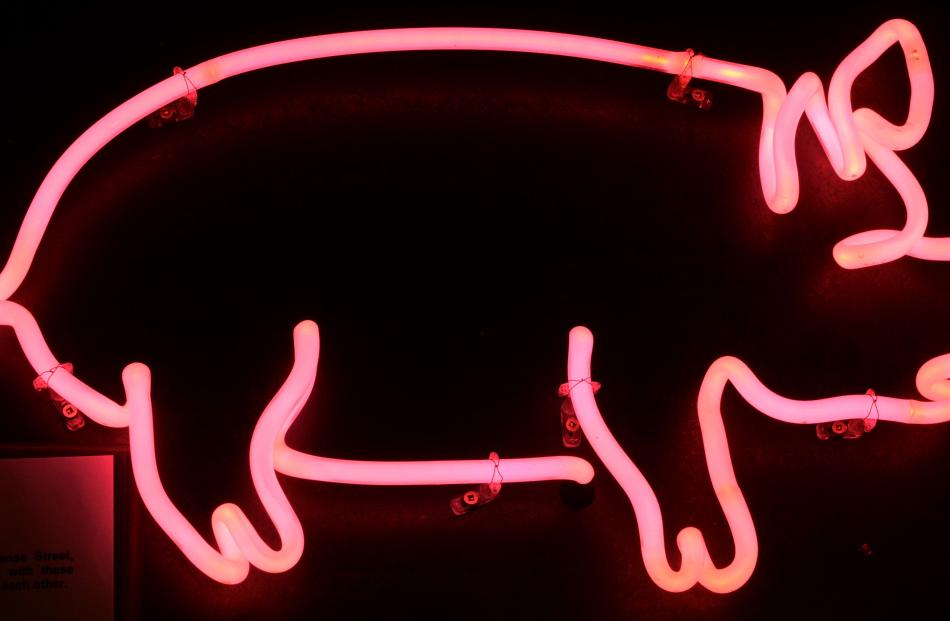A desire to record what may be a "dying art" is firing a Milton man’s passion project.
South Kill abattoir owner Rex Spence hopes soon to build a replica 1930s butchery at the South Otago Heritage Society’s site behind the town’s A&P Showgrounds.
The shop could one day form part of a "heritage village" visitor attraction, located near the planned Clutha Gold Cycle Trail extension.
Mr Spence (75), who already operates a small butchery museum adjoining his nearby business on State Highway 1, said he had been mulling the idea over for about five years, and was eager to get going.
He said recording local history for posterity was a key driver for his project, to which changing attitudes on meat consumption added urgency.
Some of his fondest memories were of running messages to the local butchers, in his native Kaitangata, during the 1950s.
"Because everyone knew everyone in a small town, when you went to the butchers they’d give you a saveloy to chew on the way home.
"It’s hard to believe, but Kaitangata actually had two butchers in identical buildings across the street from one another. That’s what this replica will be modelled on."
He said the 1930s and ’40s were butchery’s heyday, and vintage items from his museum would be transferred to the new, 48sq m shop to reflect this.
"I’ve got old barrel scales, a bowl chopper for making sausages, specialist knives and cleavers, and a vintage cash register with old money. I also plan to have information panels telling the story of the South Otago meat industry using some of my photo collection."
Mr Spence said he worried first butchers, then meat-eating itself could disappear.
"Many small butchers struggle today and, given the way things are going, some day we might not even be able to grow and eat meat.
"That would be pretty sad to see, but at least we’d have a permanent record of an important part of local and human history here in Milton."
He praised the support of the Heritage Society and Clutha District Council in helping launch the project, which was likely to cost $50,000-$100,000.
"I was hoping to build it with my own savings and labour, but it might come in a bit dearer than I thought. So I’m going to look into grant funding next before we really get cracking."






















